
Foraging for wild plants can be a fun and rewarding activity that connects you with nature. Whether you’re in a city park, a forest, or even your backyard, there are many edible plants you can find. Foraging not only provides you with fresh, free food but also helps you learn more about the environment. Always be sure to properly identify any plant before consuming it and follow local regulations. Here are ten common plants you can forage almost anywhere.
1. Dandelion

Dandelions are easy to recognize with their bright yellow flowers and jagged leaves. Every part of the dandelion is edible, from the roots to the blossoms. The leaves can be used in salads, while the flowers can be made into tea or wine. Dandelions are rich in vitamins A, C, and K, making them a nutritious addition to your diet.
2. Clover
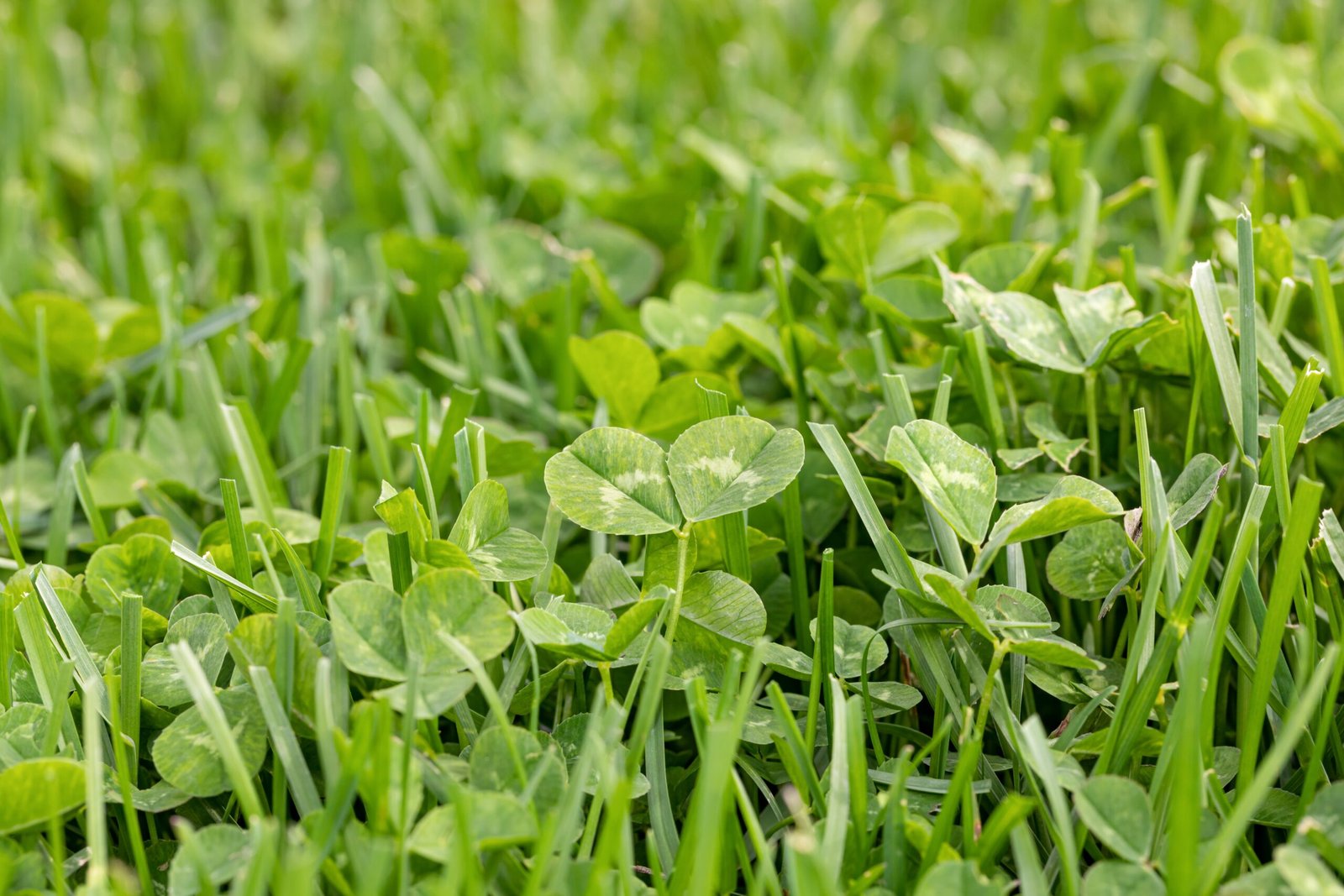
Clover is a small plant with three leaflets, often found in lawns and fields. The leaves and flowers are edible and can be eaten raw or cooked. Clover leaves can be added to salads or used in soups, while the flowers can be used to make tea. Clover is also known for its high protein content, making it a great foraged food.
3. Plantain

Plantain is a common weed with broad, green leaves and tall flower spikes. It can be found in yards, parks, and along roadsides. The young leaves are edible and can be used in salads or cooked as greens. Plantain is also known for its medicinal properties, such as soothing insect bites and skin irritations.
4. Chickweed
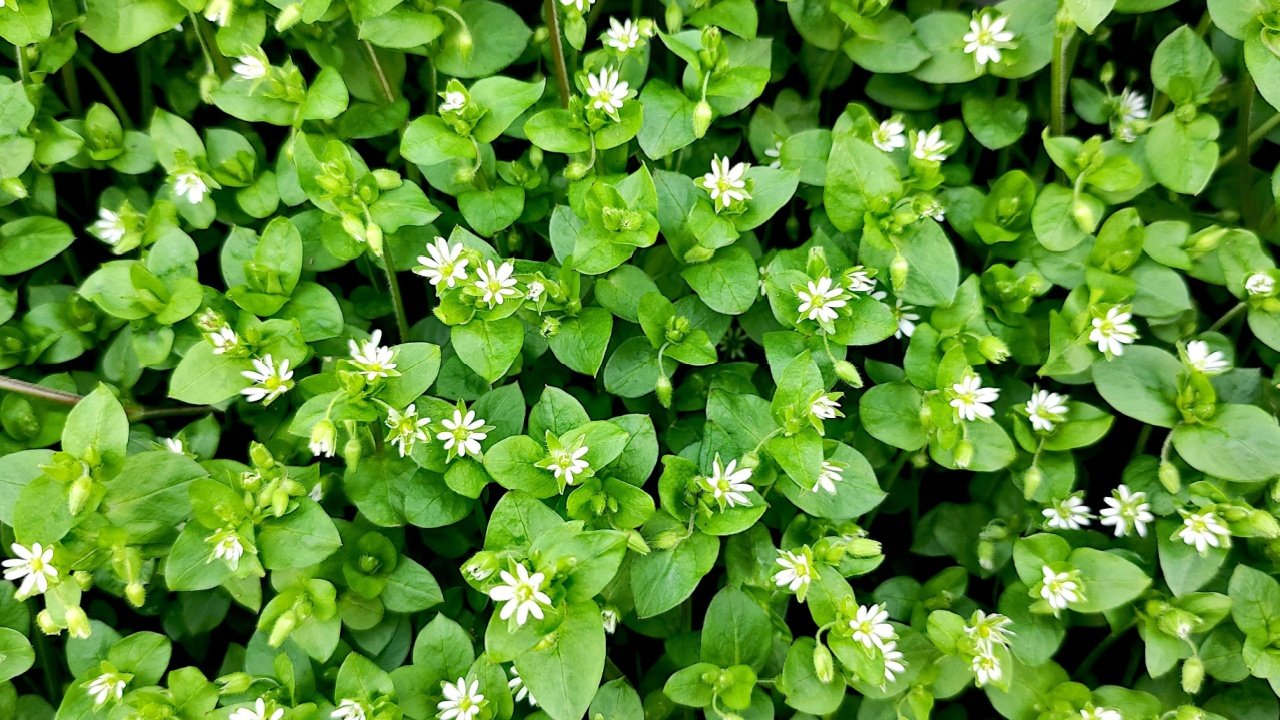
Chickweed is a low-growing plant with small, white flowers and smooth leaves. It often grows in shady, moist areas like gardens and forest edges. The entire plant is edible and can be eaten raw in salads or cooked like spinach. Chickweed is a good source of vitamins and minerals, including vitamin C and iron.
5. Purslane
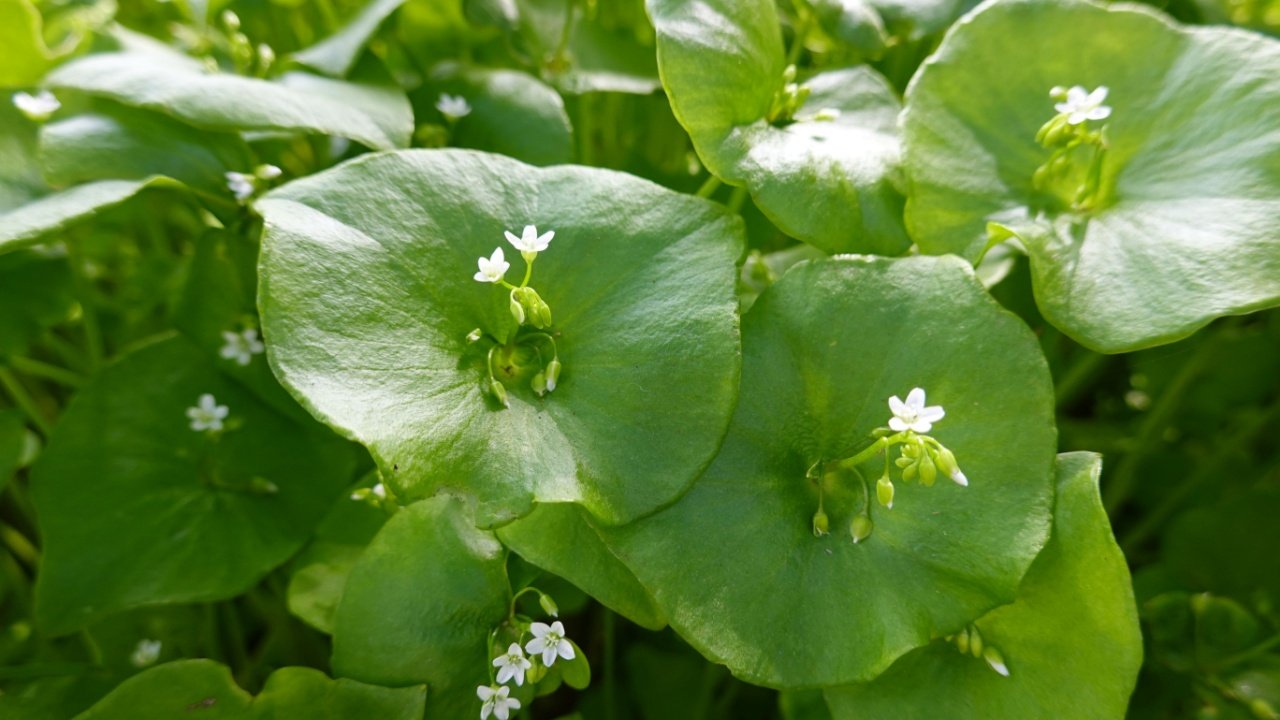
Purslane is a succulent plant with thick, fleshy leaves and small yellow flowers. It grows in gardens, sidewalks, and disturbed soils. The leaves and stems are edible and can be eaten raw or cooked. Purslane is rich in omega-3 fatty acids and antioxidants, making it a nutritious foraged food.
6. Wild Garlic
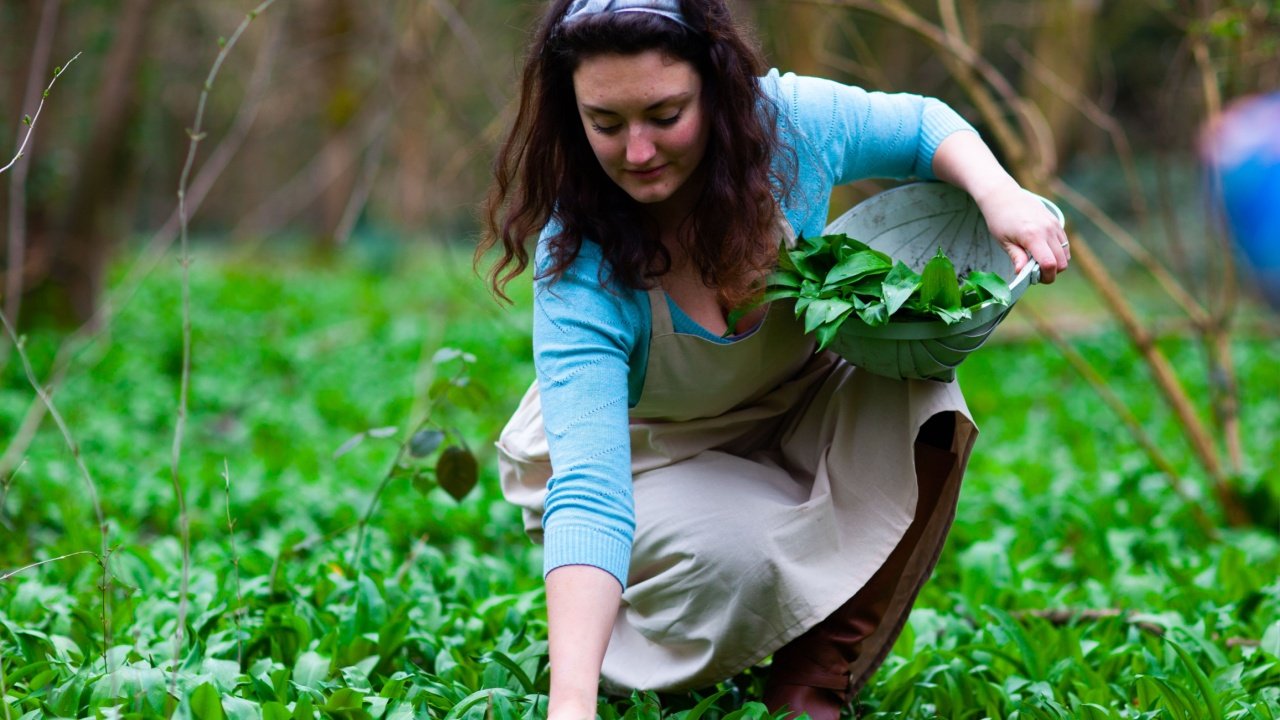
Wild garlic, also known as wild onion, has long, slender leaves and a strong garlic scent. It grows in woods, meadows, and along streams. Both the leaves and bulbs are edible and can be used like regular garlic in cooking. Wild garlic adds a delicious flavor to soups, salads, and pestos.
7. Nettles
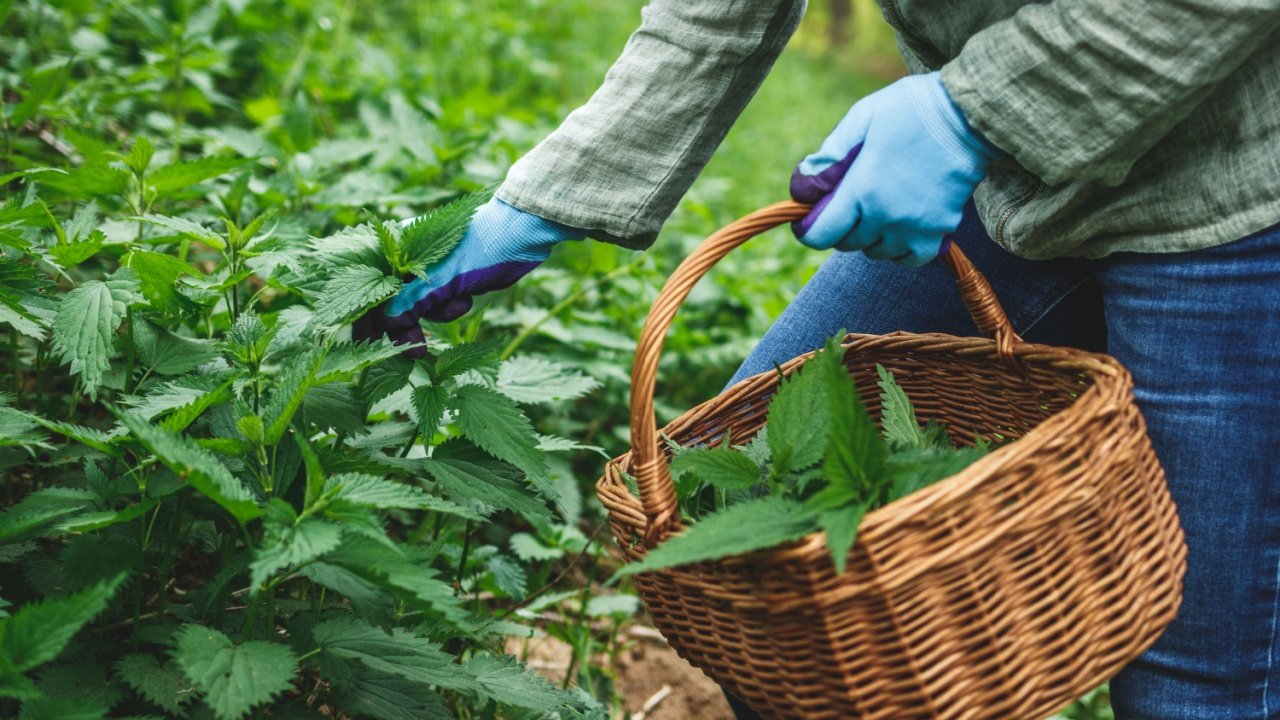
Nettles are tall plants with serrated leaves and tiny, stinging hairs. They are found in forests, fields, and along rivers. Despite their sting, nettles are edible once cooked and are often used in soups, teas, and as a spinach substitute. Nettles are highly nutritious, containing vitamins A, C, and K, as well as iron and calcium.
8. Burdock

Burdock is a large plant with broad leaves and purple flower heads. It grows in fields, roadsides, and waste areas. The roots and young shoots are edible and can be cooked like root vegetables. Burdock root is known for its health benefits, including detoxifying the body and improving skin health.
9. Wild Violets

Wild violets are small plants with heart-shaped leaves and purple flowers. They grow in woods, gardens, and shady areas. The leaves and flowers are edible and can be used in salads, teas, or as a garnish. Wild violets are rich in vitamins A and C, making them a healthy addition to your diet.
10. Lamb’s Quarters

Lamb’s quarters are leafy greens with a powdery coating and small green flowers. They are found in gardens, fields, and along roadsides. The leaves and young shoots are edible and can be eaten raw or cooked, like spinach. Lamb’s quarters are high in vitamins A and C, as well as calcium and protein.

